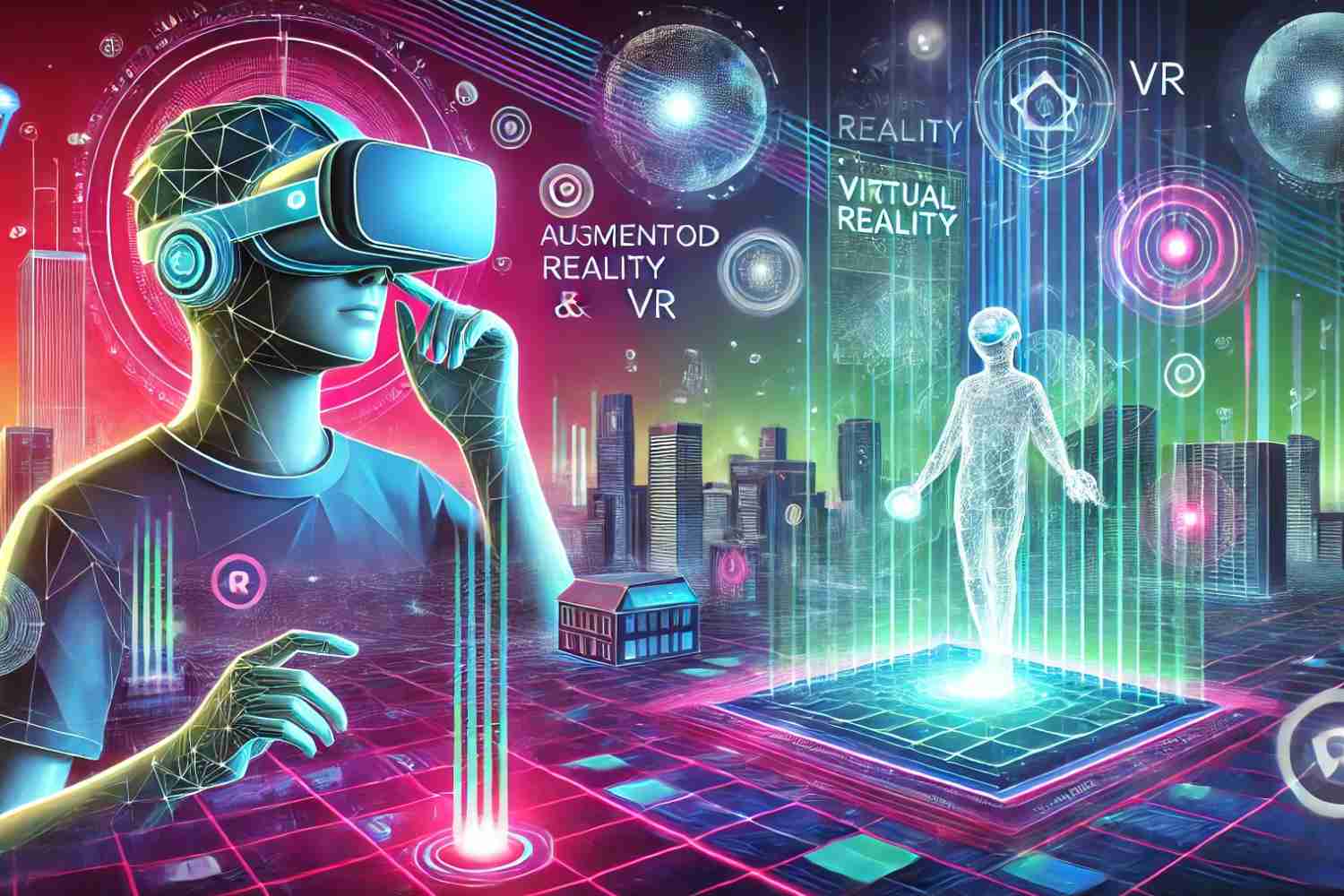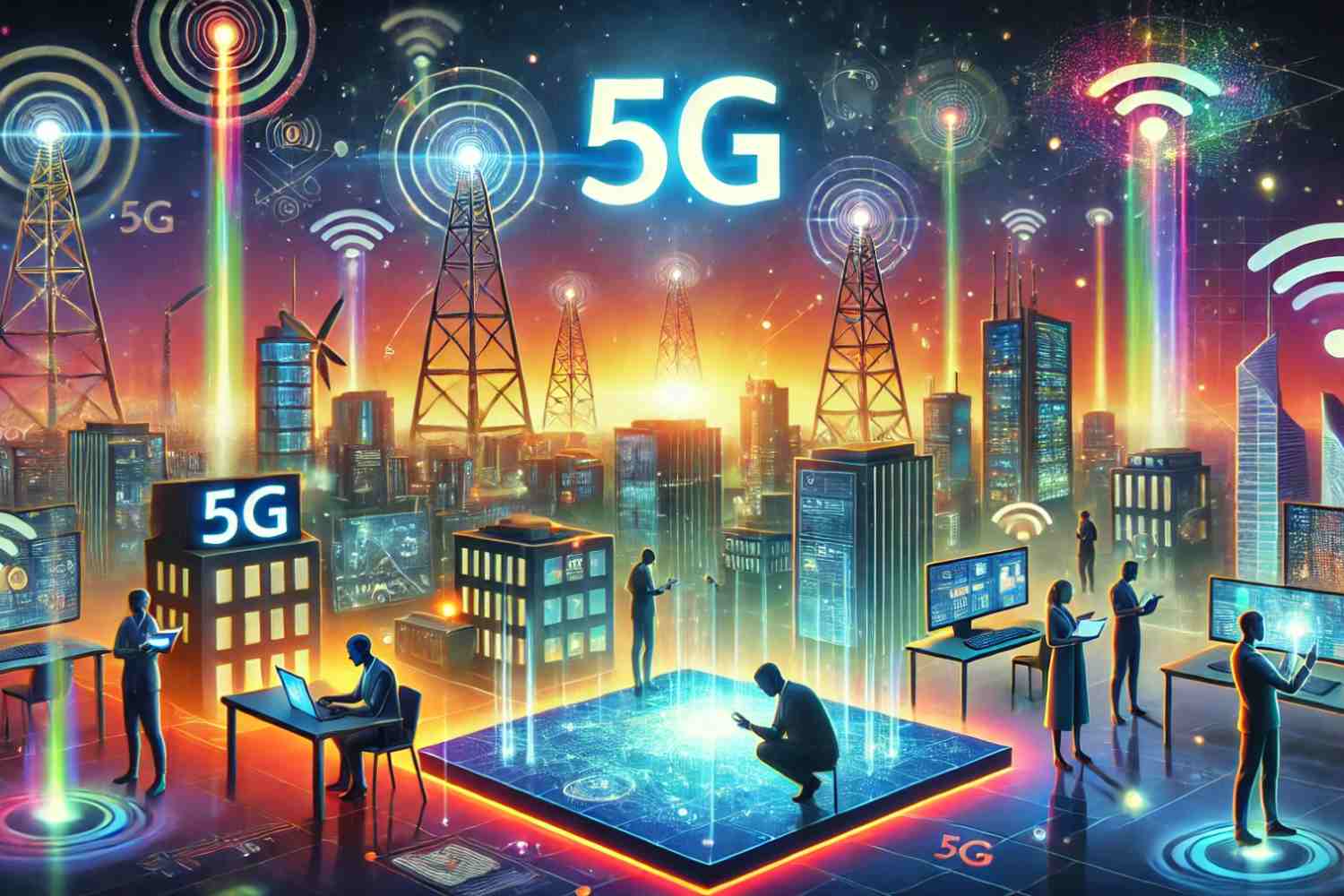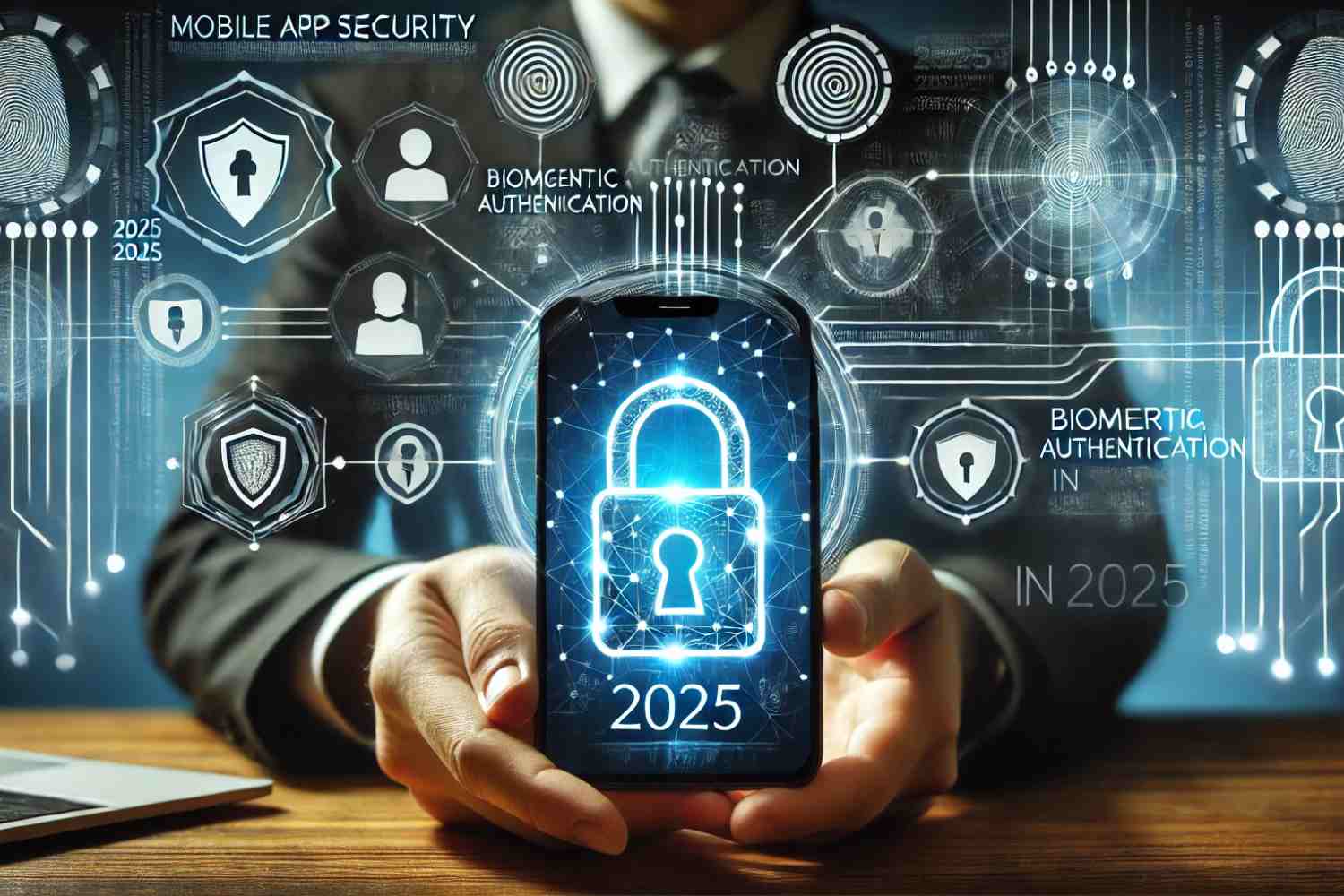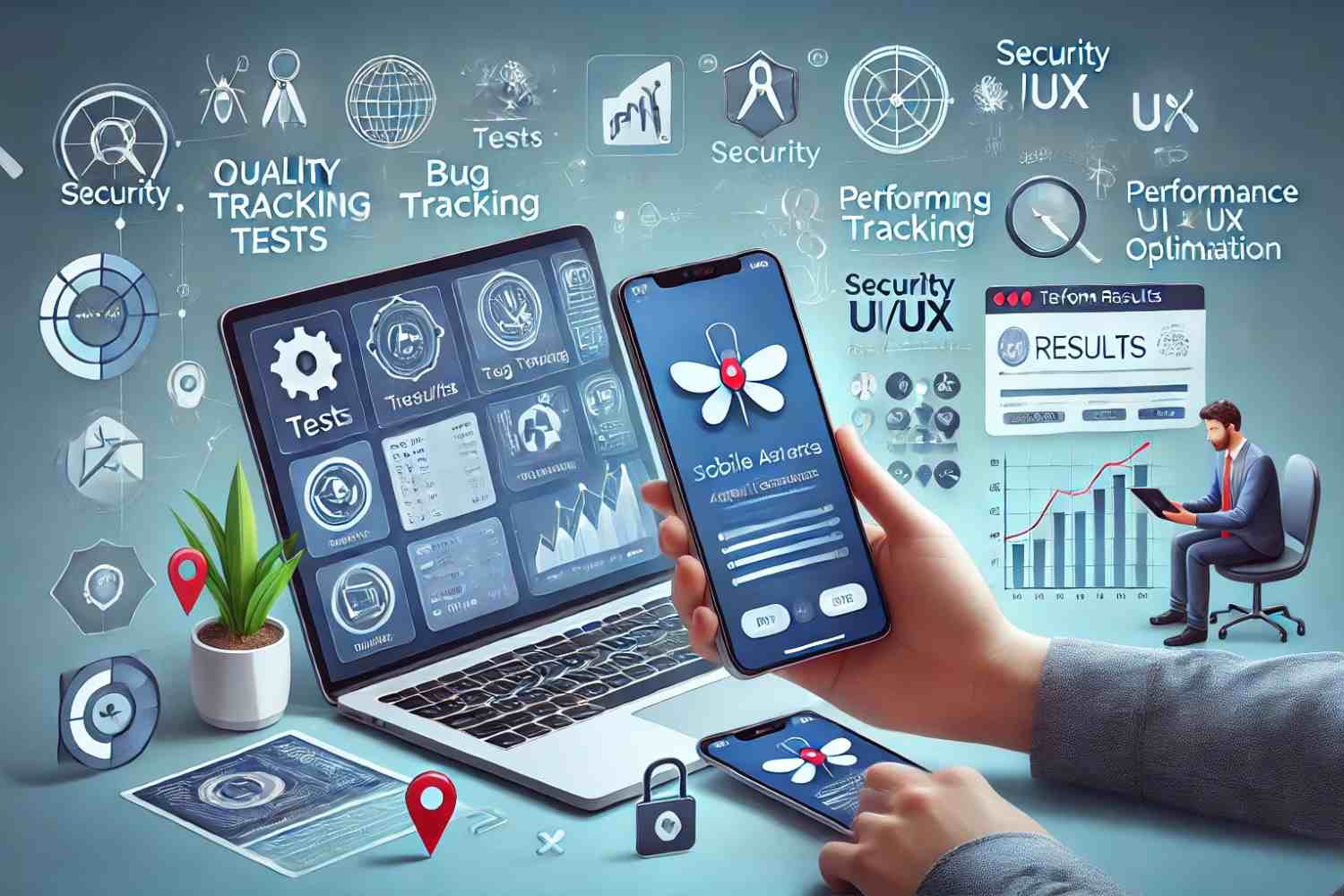The digital world has seen some extraordinary innovations in recent years, and few technologies have made as much of an impact as Augmented Reality (AR) and Virtual Reality (VR). These immersive technologies are revolutionizing industries, offering new ways to engage with users, improve interactions, and enhance user experiences. For businesses, these innovations open the door to countless opportunities to enhance customer engagement and build stronger relationships with their audience.
Augmented Reality (AR) and Virtual Reality (VR) are transforming industries by blending digital experiences with the real world. AI enhances AR/VR by enabling real-time object recognition, personalized interactions, and intelligent automation. These technologies revolutionize gaming, healthcare, education, and remote work, creating immersive, adaptive, and interactive digital environments for users.
What are AR and VR?
Before diving into their impact, let's first understand what AR and VR are.
Augmented Reality (AR):
AR overlays digital content (such as images, videos, or sounds) onto the real world in real time. Unlike virtual reality, which creates a completely immersive environment, AR enhances what you see around you by adding digital layers.
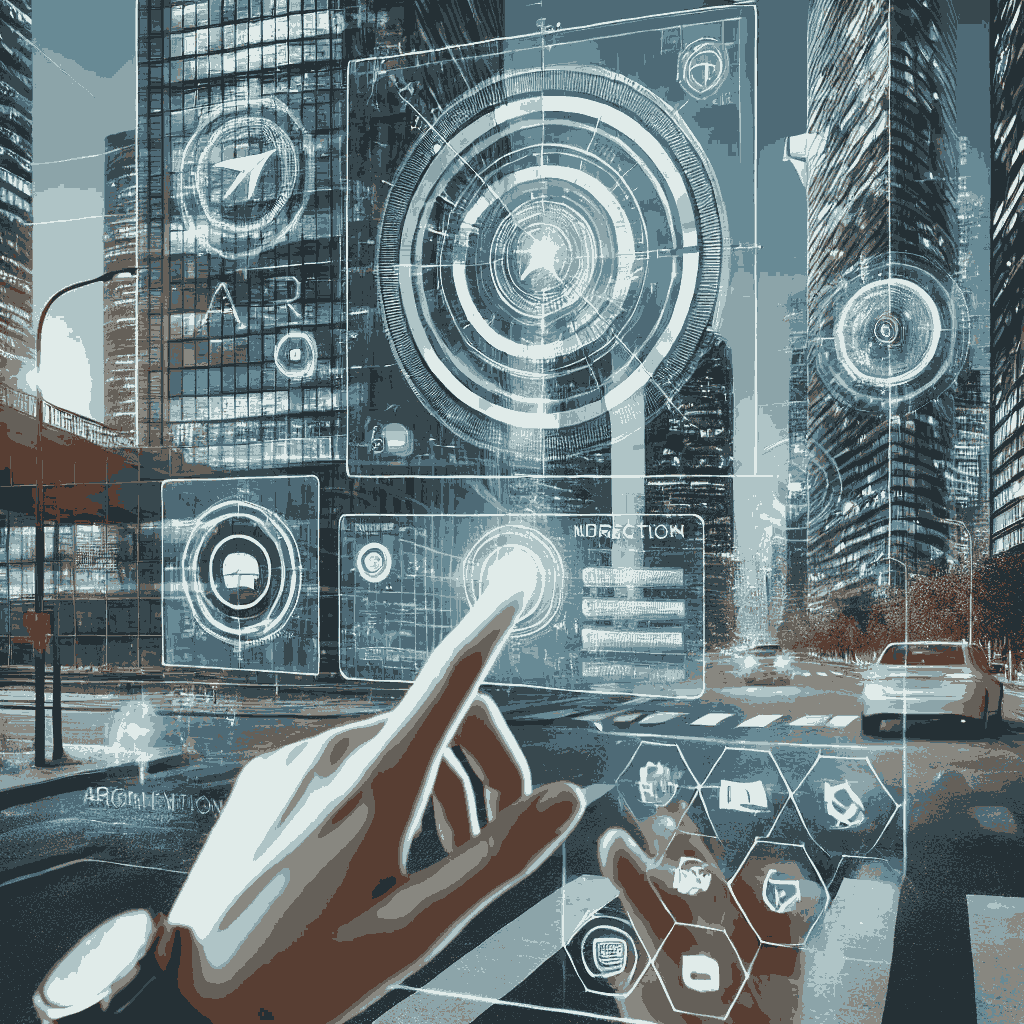
Virtual Reality (VR):
VR creates an entirely immersive, simulated environment that takes you into a different world, typically through a headset or other specialized devices. Users can interact with this virtual environment in a way that mimics real-world interactions.
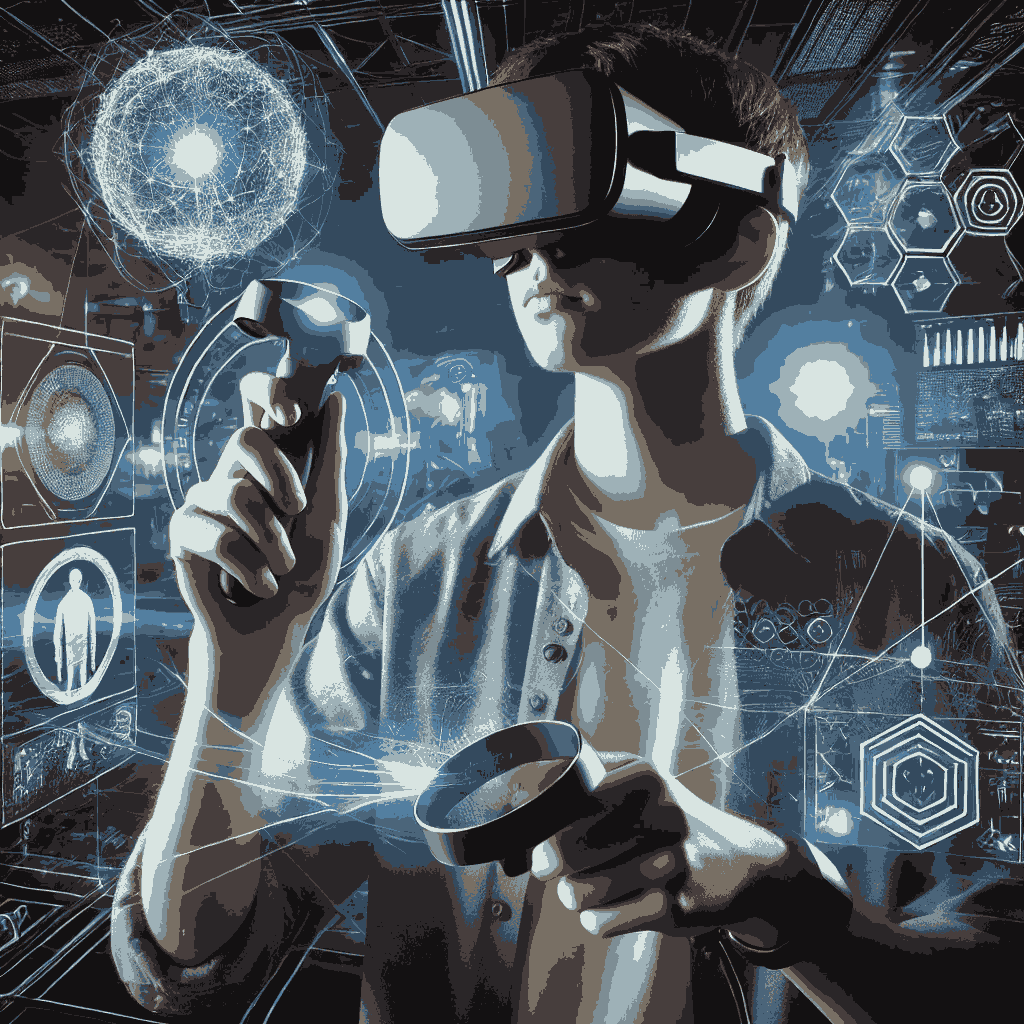
How AR and VR are Transforming User Experiences
The integration of AR and VR into various industries is fundamentally changing the way users interact with technology and consume content. Let’s explore how these technologies are making a difference.
1. Enhanced Product Visualization
For industries like e-commerce and retail, AR offers a new way for users to interact with products. Imagine a customer browsing an online store where they can "try on" clothes, or visualize how a piece of furniture fits in their living room before making a purchase. This level of immersion reduces uncertainty and builds trust, making purchasing decisions easier.
Example:
IKEA’s IKEA Place app allows users to virtually place furniture in their homes to see how the items fit with their existing decor. By using AR, users can make more confident purchasing decisions without physically visiting a store.
2. Immersive Gaming Experiences
The gaming industry is one of the largest beneficiaries of VR. VR offers gamers an unparalleled level of immersion that traditional gaming consoles cannot replicate. VR enables players to physically move around, interact with virtual elements, and experience games in 360 degrees, making gaming experiences feel more interactive and lifelike.
Example:
The popular VR game Beat Saber combines music, rhythm, and VR technology to create a unique and engaging experience. Players use motion controllers to slice through blocks that appear in time with music. The VR immersion enhances the sense of presence and excitement in the game.
3. Training and Simulation
In sectors like healthcare, aviation, and engineering, VR is revolutionizing training and simulation. VR-based training allows users to practice in a safe, controlled virtual environment where they can simulate complex scenarios without risk. This enhances the learning process, improving skills and preparedness in real-world situations.
Case Study: Healthcare
In healthcare, VR is being used to train medical professionals for surgeries. Osso VR offers a platform that allows doctors to practice procedures in a highly immersive environment, honing their skills without the risk of making mistakes on real patients.
4. Virtual Tours and Real Estate
Virtual reality is also changing how real estate is marketed. Buyers can now take virtual tours of properties without leaving their homes. This has proven to be especially valuable in today's world, where convenience and social distancing are priorities.
Example:
Real estate companies like Matterport allow users to take fully immersive 3D virtual tours of properties. VR headsets offer potential buyers an experience that is much closer to being physically present in the property, providing a true sense of scale and space.
5. Interactive Marketing and Advertising
AR and VR have transformed how brands engage with consumers. Interactive AR ads allow users to engage with products or services in a fun, memorable way. VR is being used for immersive brand storytelling, allowing users to interact with a brand’s narrative in a way that traditional ads simply cannot achieve.
Example:
L'Oreal created an AR app called Style My Hair, which allows users to try on different hairstyles and colors in real time using their phone’s camera. This not only provides a fun and interactive experience but also enables the consumer to make more informed purchasing decisions regarding hair products and salon visits.
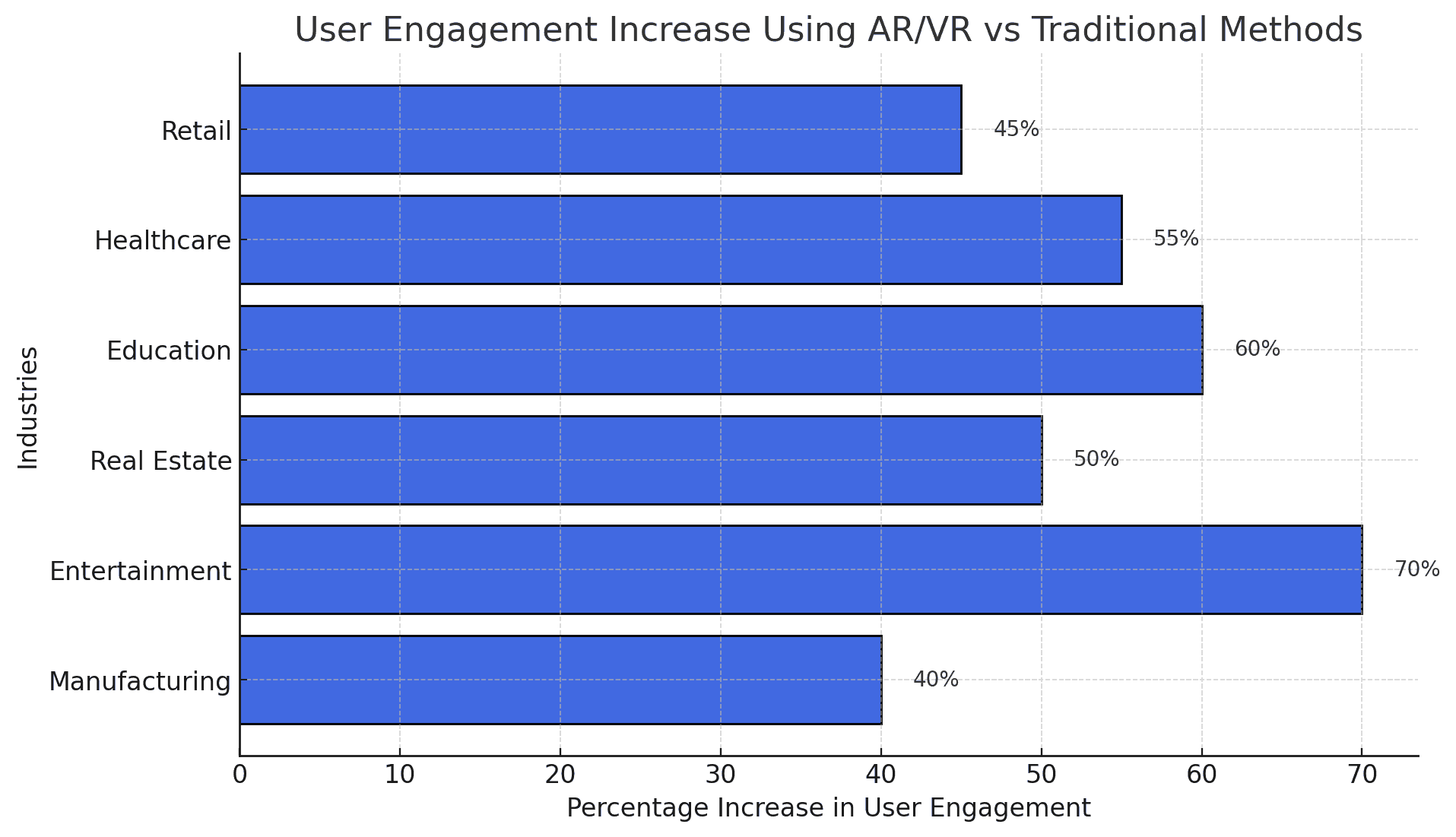
The Future of AR and VR in User Experiences
The future of AR and VR in user experiences will be revolutionized by AI, enhancing realism and personalization. Cybersecurity will be crucial in protecting user data, ensuring safe interactions in virtual spaces. As AI-driven AR/VR evolves, secure, immersive experiences will reshape industries, from education to retail and beyond.
1. More Personalized Experiences
As AR and VR technologies advance, personalization will become even more important. In the future, users could expect even more tailored experiences where the virtual world adapts to their preferences and behavior in real time. For instance, VR could be used to create entirely personalized environments for virtual shopping, or AR could provide customized educational content based on a learner's pace and needs.
2. Enhanced Social Interaction
With the rise of social VR platforms like Horizon Worlds (by Meta), users can interact with one another in shared virtual spaces. This could revolutionize how people communicate and collaborate in both personal and professional settings. Virtual environments could simulate in-person interactions, making remote meetings feel more lifelike and immersive.
3. AR in Everyday Life
In the coming years, AR could become integrated into our everyday lives in ways we can’t yet imagine. For example, AR glasses could become commonplace, offering users real-time information overlays as they go about their daily routines. Imagine walking through a city and receiving real-time information on nearby restaurants, shops, or events without ever needing to pull out your phone.
4. Cross-Platform Experiences
As VR and AR technologies evolve, there will be more integration between the physical and virtual worlds. Companies will focus on offering seamless cross-platform experiences, where users can transition between VR and AR environments or between different devices, all while maintaining continuity in their digital experience.
An example of a user interacting with an AR product in a real-world setting, such as trying on a virtual pair of shoes using an AR app.
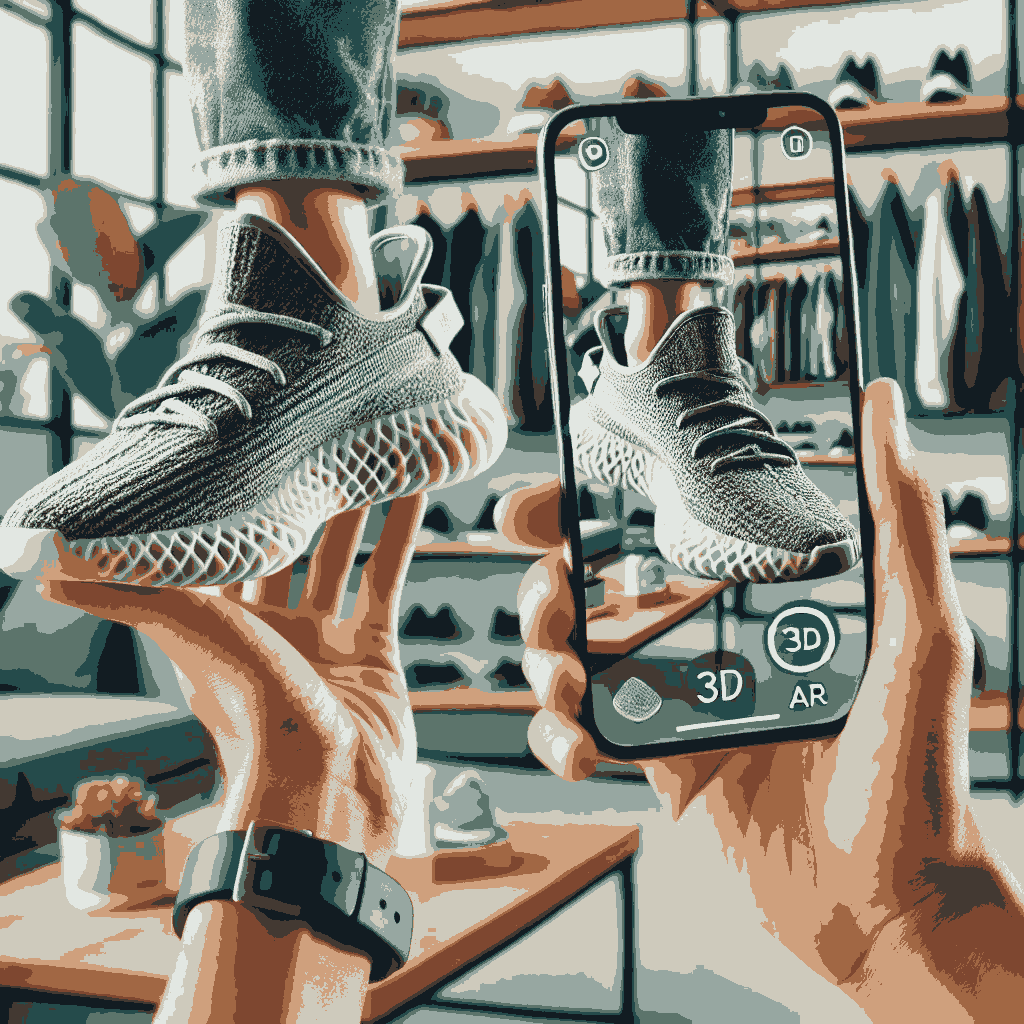
Conclusion
The role of Augmented Reality and Virtual Reality in transforming user experiences cannot be overstated. These technologies have the potential to revolutionize how businesses interact with customers, provide services, and create immersive experiences that were previously unimaginable. Whether through enhanced product visualization, immersive gaming, interactive marketing, or realistic training simulations, AR and VR are providing new ways to engage, entertain, and educate users.
As businesses and organizations continue to embrace AR and VR, the possibilities are endless. The future of these technologies will be defined by deeper immersion, personalized experiences, and seamless integration into our daily lives. For companies seeking to stay competitive, investing in AR and VR technologies is no longer just a futuristic consideration; it is a present-day necessity.
FAQs
Augmented Reality (AR) enhances the real world by overlaying digital elements like images, sounds, or data onto your view of the environment, usually through smartphones or AR glasses. In contrast, Virtual Reality (VR) creates a fully immersive digital environment that replaces the real world entirely, typically using VR headsets or specialized equipment. AR allows interaction with both the real and virtual worlds, while VR offers a complete virtual experience.
Businesses across industries are leveraging AR and VR to provide more engaging, interactive, and personalized experiences for their customers. For example, e-commerce companies use AR to allow customers to visualize products in their homes before purchasing, while VR is used for immersive virtual tours in real estate or for training in industries like healthcare and aviation. AR and VR are also enhancing marketing efforts, such as interactive ads or virtual try-ons in retail, providing customers with more informed and enjoyable shopping experiences.
The cost of implementing AR and VR technologies can vary depending on the scope of the project and the hardware required. While the development of custom AR/VR applications and the purchase of high-quality equipment (like VR headsets) may involve a significant upfront investment, the cost is becoming more affordable as the technologies evolve. For businesses looking to integrate AR or VR, options like smartphone apps, cloud-based solutions, and more affordable devices are helping to reduce the overall investment. Additionally, the potential return on investment from enhanced customer engagement and training capabilities can justify the costs.
Several industries are benefiting greatly from AR and VR technologies, including:
- Retail and E-commerce: Offering virtual try-ons, interactive product visualizations, and virtual showrooms.
- Healthcare: Providing immersive simulations for training medical professionals and even virtual surgeries.
- Real Estate: Enabling virtual property tours, allowing potential buyers to explore homes without being physically present.
- Education: Enhancing learning experiences with immersive educational environments and virtual classrooms.
- Gaming and Entertainment: Creating interactive and immersive gameplay experiences for users.
These industries are just a few examples, but AR and VR have applications in virtually every sector, from automotive to manufacturing and beyond.
